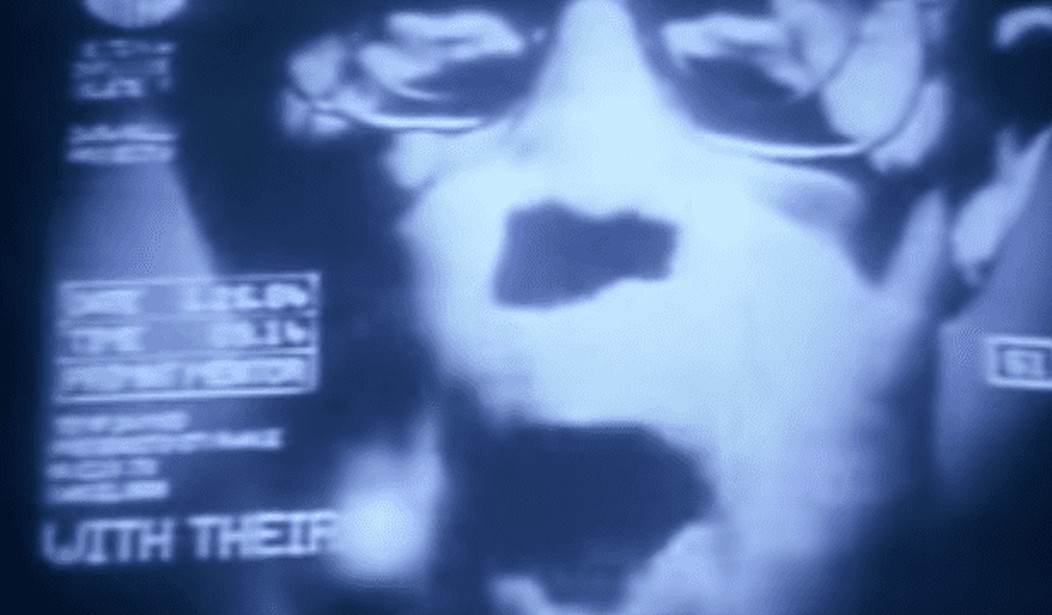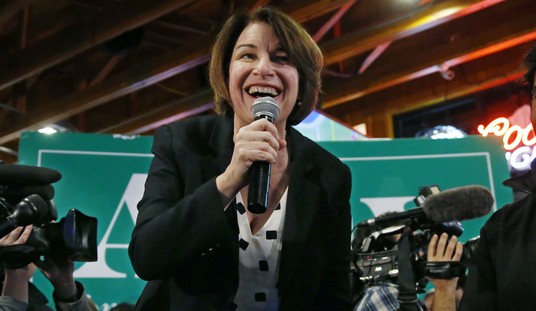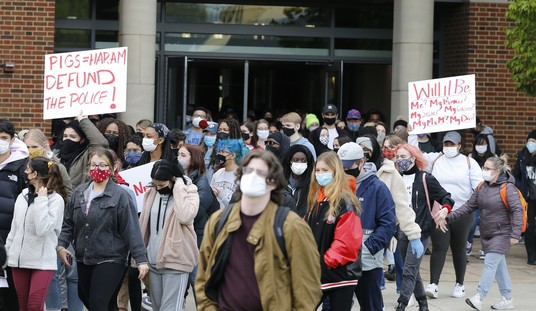The mix of dystopia and the future gave Apple Computers its launch, along with an annual, TV tradition.
As we enter the weekend and people gear up for The Big Game (exclusive contractual obligations with Budweiser preclude my calling it ‘The Super Bowl’), one of the offshoots is there will be a significant contingent of people watching for the commercials. It has become a side spectacle for viewers to spectate on industry leaders offering up their wares and services in the most concentrated broadcast frame every year.
Over the decades, corporations and Madison Avenue have used this event as a significant launching pad for exposure, dropping fortunes on reserving time during the game, spending exorbitant amounts on productions, and hiring top-flight Hollywood directors to helm their 60-second epics. But, this was not always the case with the Super Bowl, and we can trace this advertising furor to a specific moment in history. It was 1984.
That was the year that Apple Computers caused a sensation with a cinematic minute that was jarring, arresting, transformative, and — most important — successful. The company wanted to distinguish itself in a marketplace dominated by a titan, and parlayed the timing of a literary classic to deliver a commercial that delivered the goods. Apple’s “1984” to this day is recognized as an advertising classic, and became the very revolutionary spot that altered the parameters of the Super Bowl.
And it very nearly never happened.
When Apple Was An Underdog
The genesis of the commercial did not begin with the computer company. The advertising firm Chiat/Day had a germ of an idea; with the year 1984 looming, they wanted to cut a commercial that personified George Orwell’s novel of the same name/year. The issue was they did not have a client for their idea, but unlike the monolithic agencies in New York, Chiat/Day was headquartered in Los Angeles and as a result of that proximity to the studio system, they were used to pitching and auditions.
The agency was rebuffed by a number of companies, but their idea in search of a product was seen as a perfect fit by Apple head Steve Jobs. For one, he had a new product that would be unrolled in January of the coming year – the MacIntosh personal computer. Another fit for his company was that the biggest competitor in the computing sector was IBM, a market leader so big there was not any competition. Jobs viewed the company as the nefarious Big Brother, and his emerging alternate system could be positioned as the rebellious force.
Jobs wanted a big splash for his new computer, and so, a budget became no problem. Pegged at an already eye-widening budget for its time, the initial outlay of $750,000 swelled to $900,000, and it makes sense that this would be a one-minute production to rival Hollywood standards. Considering the dystopian nature of the material, a motion picture director was tabbed for the shoot. Ridley Scott had recently released his future-noir sci-fi thriller “Blade Runner,” and was hired to deliver the message of an iconoclastic product. His vision was clear and distinct, as we see the storyboards from the conception are very close to the finished product.
Filmed in London on large sound stages, Scott used military bomber fuselages for the hallways, delivering an oppressive scene. Scott hired actual skinheads to portray the mute, marching drones in his concept, as they trudged into the main set. Actor David Graham, famed for voicing the British marionette shows like “Thunderbirds”, and “Supercar,” took on the role of Big Brother, with actress and former track athlete Anya Major taking on the role of the hammer-wielding resistor.
The finished product exceeded the conventions normally seen in commercials of the era. This was not only cinematic in appearance but in form, as it delivered a storyline within the truncated timeframe of a commercial. It was an arresting result, and it very nearly never saw the light of the public display.
Defying The Masters To Find Success
In a bit of an ironic twist that almost could not be written, the commercial depicting the bold shaking up of the norms of authorities was only presented to the public by that very same kind of defiance. When the finished commercial was delivered Steve Jobs unveiled it to employees at an annual Apple presentation. The reaction was immediate, and it was raucous. But although the workers loved the spot, the top executives in the company did not.
The entire Apple corporate board hated the commercial. One member called for the Chiat/Day agency to be fired, and the board decided not to run the commercial during the Super Bowl, telling the ad team to sell off their time slots. A full minute had been purchased in the game’s third quarter, and a second slot for an edited, 30-second version was to run late in the game. But the agency’s CEO Jay Chiat took a defiant position.
He lied and informed Apple that it was too late and he was unable to sell off his 60-second position, convinced as he was that the commercial would have a huge impact. Almost immediately after the airing, the polarizing commercial made an impact. With equal parts raving and revulsion from the audience, the commercial spot became a media sensation. News networks and stations across the country not only reported on the impact, but many would rerun the commercial in their coverage. It is estimated this free rerunning of the ad delivered five times the amount of broadcast time than had been paid for in the Super Bowl.
The commercial has gone on to become regarded as one of the greatest of all time. In a move of cagey self-interest, Chiat/Day ran the commercial themselves weeks earlier, in a solitary local market in Idaho. This was done in order to have the commercial qualify for that year’s advertising awards. “1984” won every award it was nominated for, and it went on later to be declared the best commercial of the decade. To this day, it is regarded as one of the classics to ever run on television.
As perhaps its second-greatest accomplishment (after successfully selling the Apple Macintosh as an important computing breakthrough), the spot launched the elevated importance placed on Super Bowl advertising. It is commonplace today for corporations to invest heavily in their presentations on this day, sometimes spending an entire year gearing up for the event.
The Super Bowl commercials have become more than a cottage industry themselves – and at the soaring costs for just 30 seconds of exposure, Mansion Industry is a far more apt term. For a rundown of some of the commercials, you can see tonight during the game, here is a collection of this year’s hopeful for Ad of the Year.
Here is a peek at a few of the top-flight commercials for the Super Bowl.https://t.co/nekZRbfcHY
— Brad Slager – Aluminum Medalist 12oz Curling Team (@MartiniShark) February 13, 2022















Join the conversation as a VIP Member